From August 24 to 28, coinciding with the 45th anniversary of the establishment of the Shenzhen Special Economic Zone, the 2025 “Shenzhen Cup” Mathematical Modeling Challenge was successfully held at Shenzhen MSU-BIT University. The event was organized by the China Society for Industrial and Applied Mathematics and the Shenzhen Association for Science and Technology, co-hosted by Shenzhen MSU-BIT University and the Shanglong Center for Mathematics and Interdisciplinary Research & Industrialization, with support from the Longgang District Association for Science and Technology. Throughout the competition, Shenzhen MSU-BIT University upheld its principle of rigor and professionalism, ensuring the smooth operation of the event and providing a high-standard environment for participating students and faculty.
Frontier Problems Drive Deep Disciplinary Integration
This year’s competition focused on cutting-edge application scenarios such as chip materials, image processing, clean energy, and forensic science, encouraging deeper integration of mathematics with engineering, biology, and electronic information disciplines. Over the course of two days of intense competition, participants not only concentrated on solving the assigned problems but also engaged in in-depth discussions around technological logic and application boundaries. Drawing on solid academic foundations and strong research capabilities, they delivered innovative and practical modeling solutions—demonstrating the value of mathematics as the “golden key to solving real-world problems.”
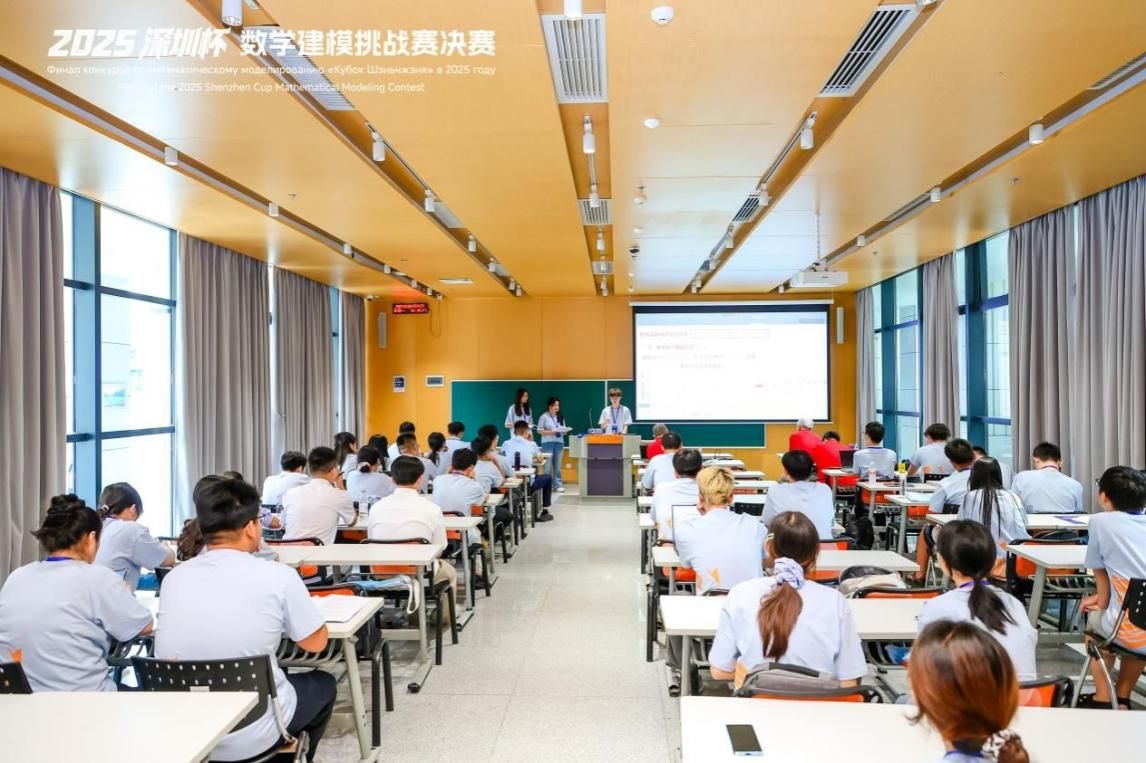
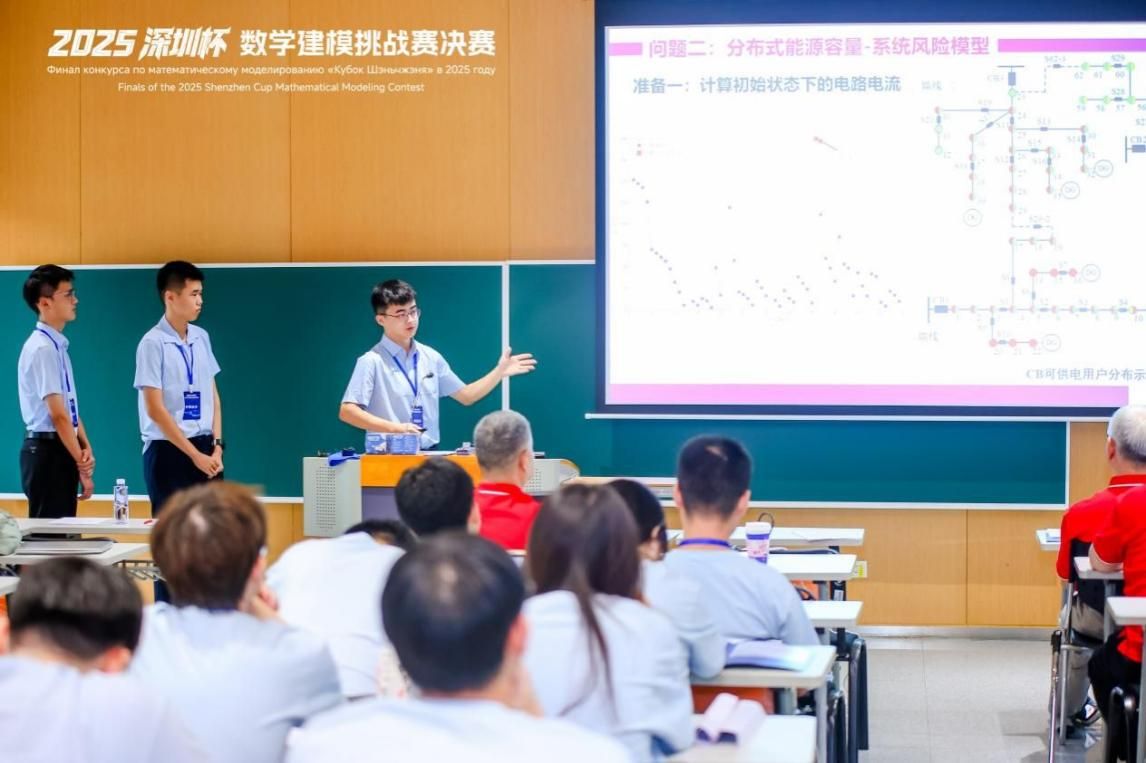
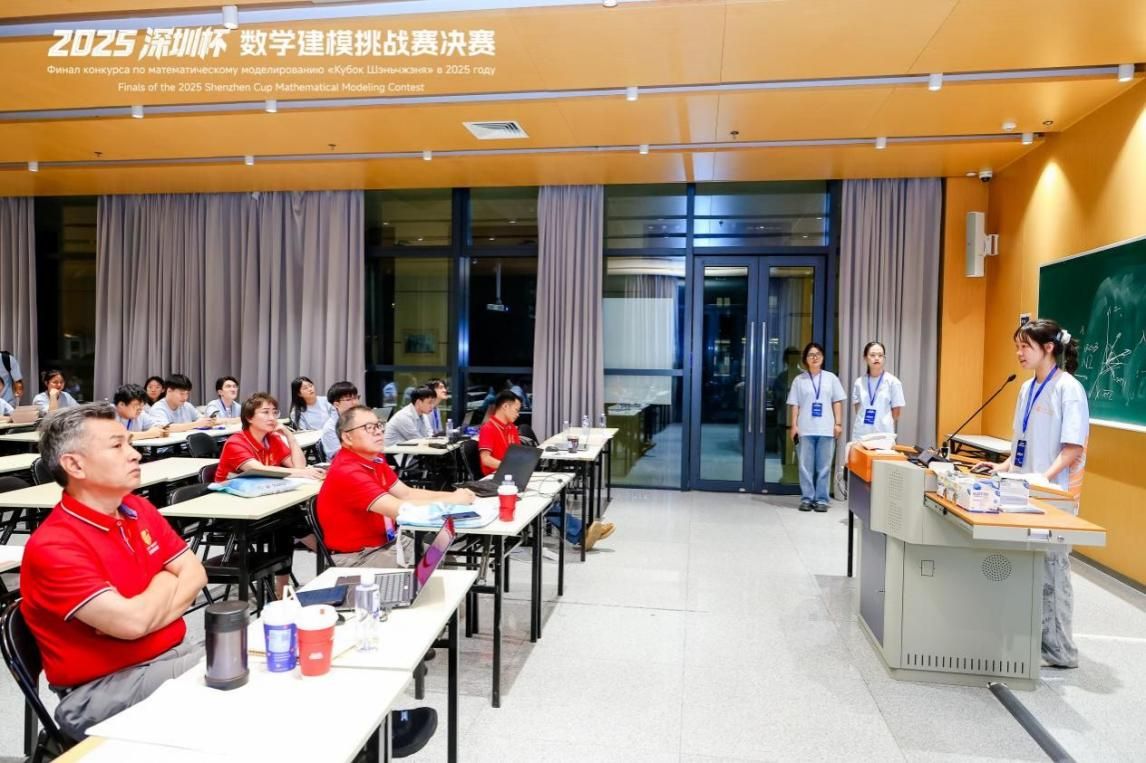
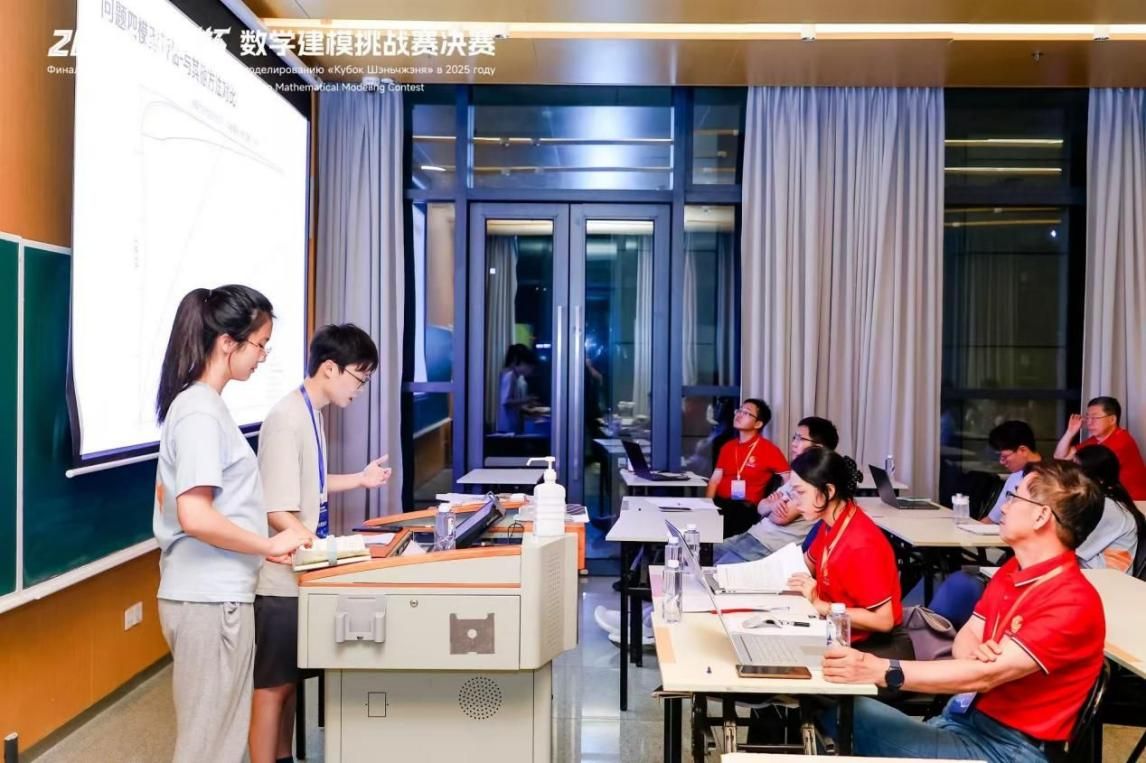
Record Participation and Accelerated Internationalization
This year’s competition reached a new milestone in scale, drawing active participation from over 40 universities nationwide and setting a new record for the number of contestants. A highlight of the 2025 event was the launch of the first-ever international track, which welcomed teams from Russia. This pioneering step marked an important move toward the internationalization of the “Shenzhen Cup” Mathematical Modeling Challenge, creating a high-quality platform for cross-cultural exchange and academic collaboration among young scholars from China and abroad. Competitors from diverse cultural backgrounds came together to share experiences and exchange ideas, jointly advancing the development of mathematical modeling competitions. During the event, participants learned from one another, inspired each other, and sparked new ideas through the clash of perspectives—vividly showcasing the universal power of mathematics as a common language.
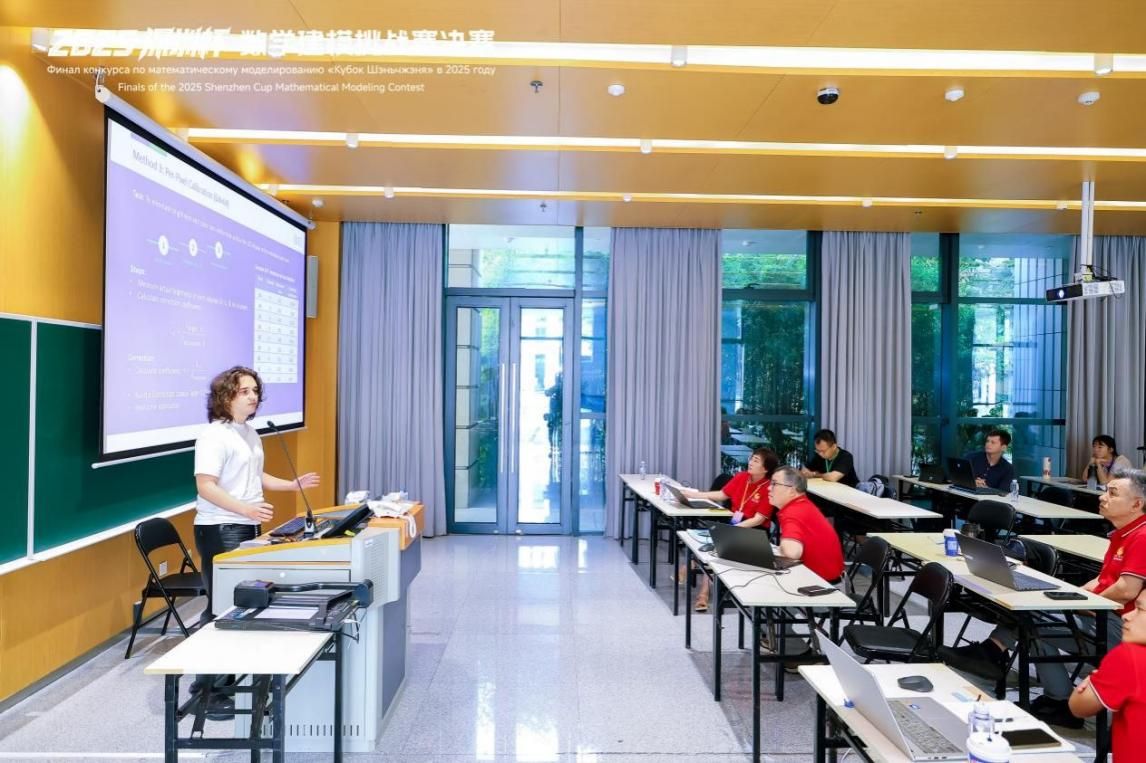
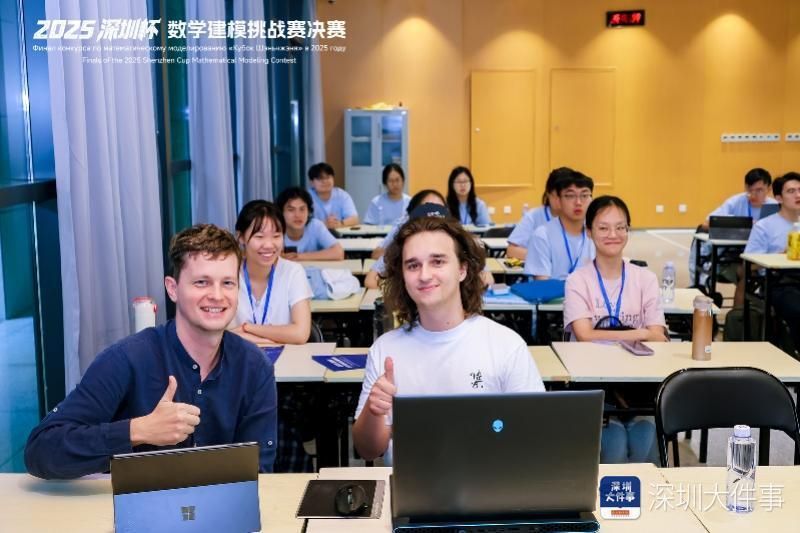
Closing Ceremony Brings Together Experts to Discuss the Future of the “Shenzhen Cup”
On August 27, the closing ceremony of the “Shenzhen Cup” Mathematical Modeling Challenge was held at Shenzhen MSU-BIT University. The event gathered a distinguished panel of guests, including Xingzhong Shi, Deputy Chairman of the Shenzhen Association for Science and Technology; Chaoyang Xiao, Executive Deputy Chairman of the Longgang District Association for Science and Technology; Sergey Ivanchenko, First Vice President of SMBU; Zheng’an Yao, President of the Guangdong Mathematical Society and Professor at Sun Yat-sen University; Qiru Wang, President of the Guangdong Society of Industrial and Applied Mathematics and Professor at Sun Yat-sen University; Jinxing Xie, Deputy Director and Secretary-General of the National College Student Mathematical Contest in Modeling and Professor at Tsinghua University; and Kangsheng Liu, Committee Member of the “Shenzhen Cup” Organizing Committee, Head of the Expert Panel, and Professor at Zhejiang University. Nearly 210 contestants and faculty members from more than 40 universities, including Nankai University, Shanghai Jiao Tong University, Central South University, and Ocean University of China, also attended the ceremony. The event was hosted by Ye Zhang, Professor at SMBU and Deputy Secretary-General of the “Shenzhen Cup” Organizing Committee.
In his address, Xingzhong Shi remarked that the spirit of Shenzhen—daring to try, daring to pioneer—celebrated at the opening ceremony, had been vividly carried forward through the contestants’ determination and hard work. He encouraged students to take the competition as a new starting point for research, maintain their enthusiasm for innovation, and contribute youthful strength to China’s high-quality development.
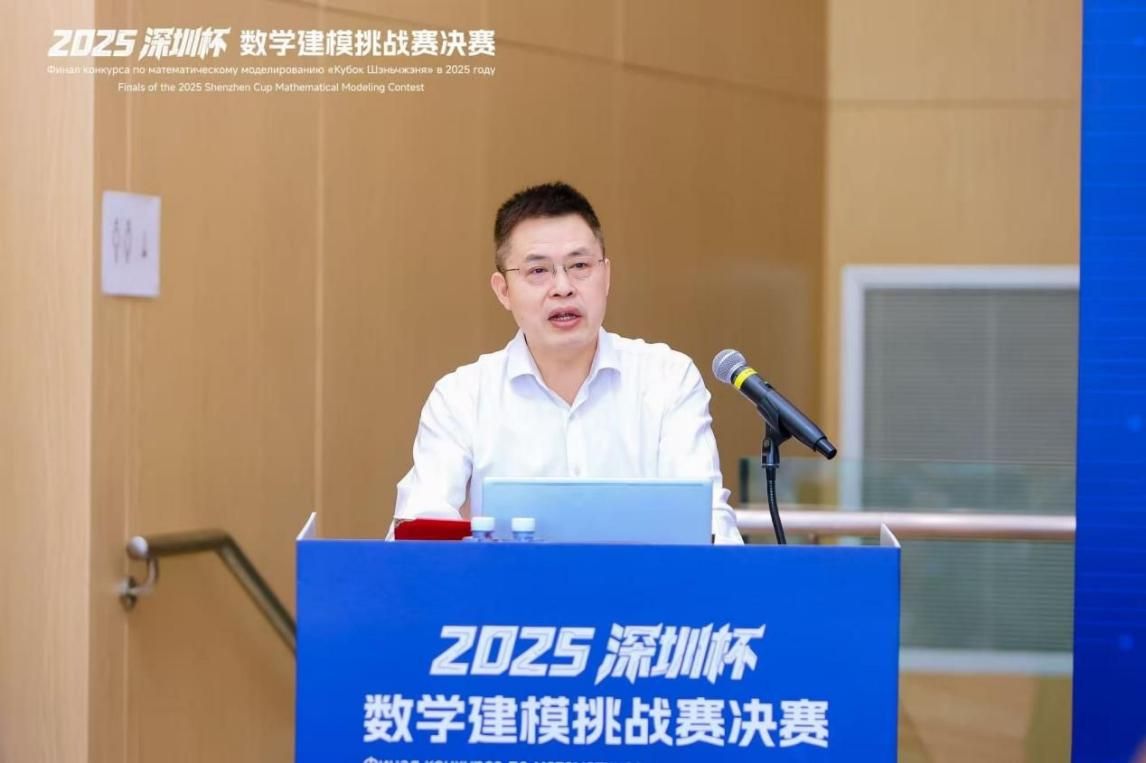
Sergey Ivanchenko highlighted that this year’s “Shenzhen Cup” provided a new platform for cross-cultural collaboration and academic dialogue between young scholars from China and Russia. He expressed hope that in the future, more outstanding students from diverse cultural backgrounds would join the competition to learn from one another and grow together.
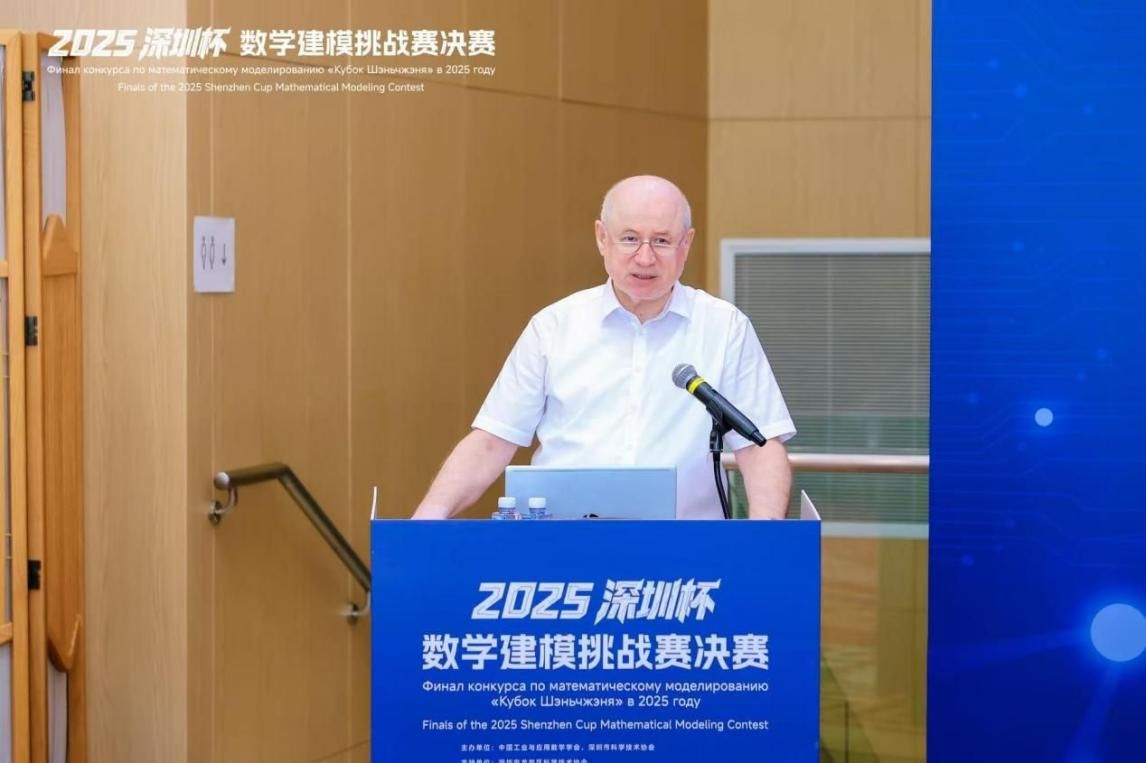
Qiru Wang expressed his expectations for the students, urging them to continue delving deeply into mathematical modeling research, solving real-world problems with rigorous theory and logic, while also extending an invitation to frequently come to Shenzhen for academic exchange.
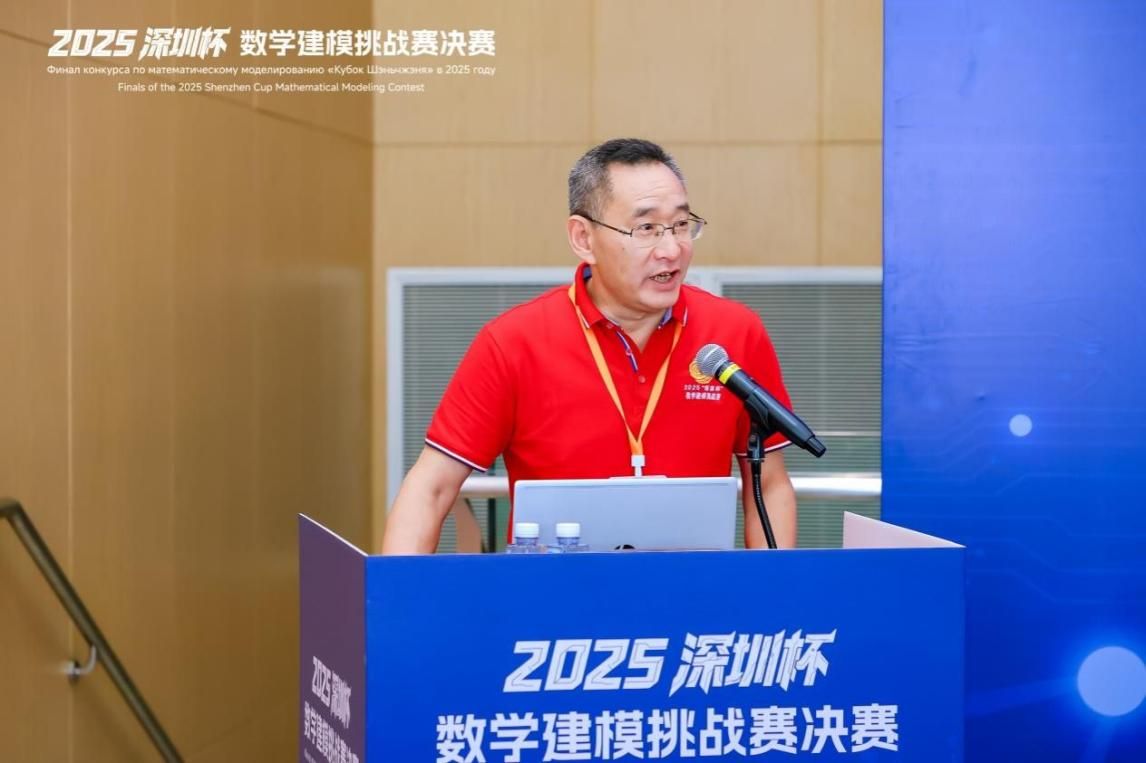
The expert panel then offered detailed commentary on each competition problem, summarized modeling methods, and provided valuable professional guidance for the participants. Kangsheng Liu announced the list of award-winning teams and presided over the award ceremony.
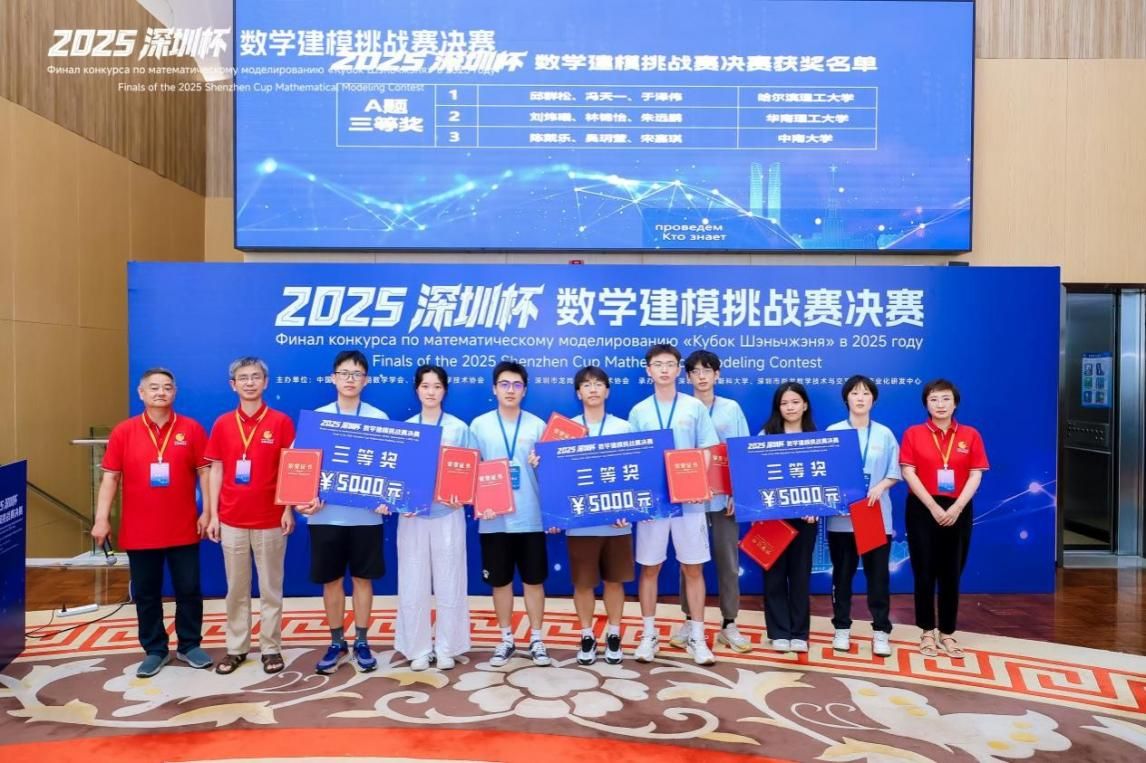
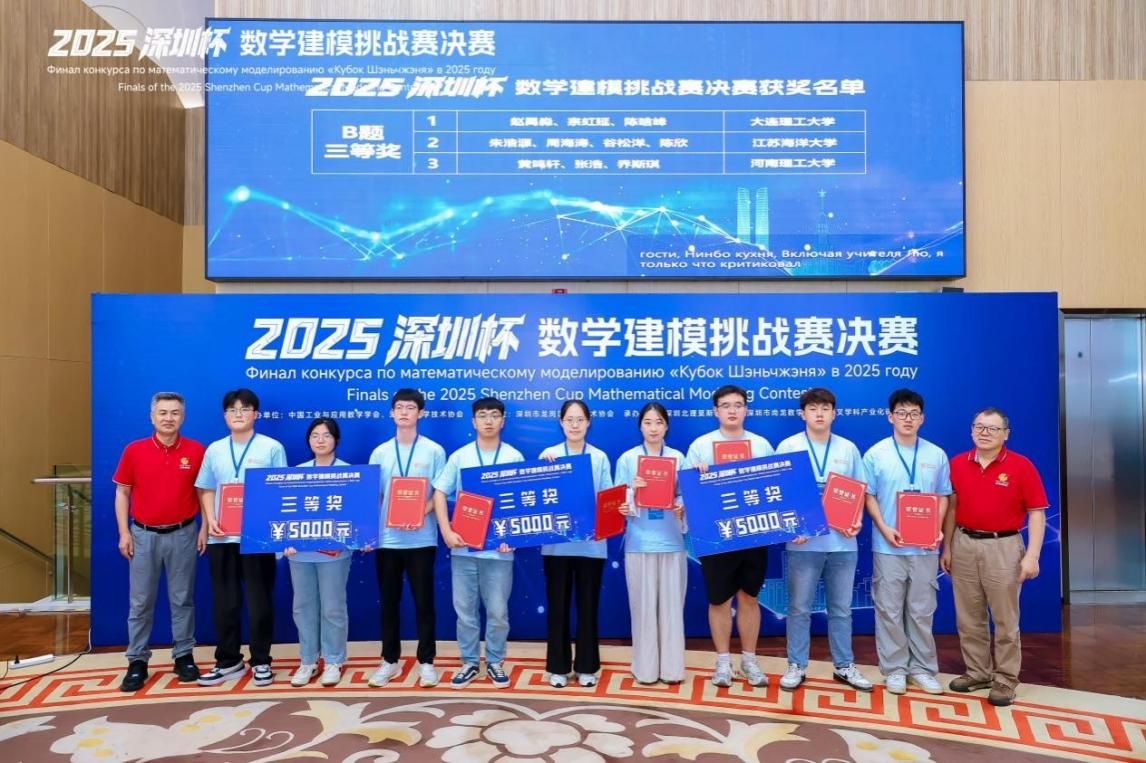
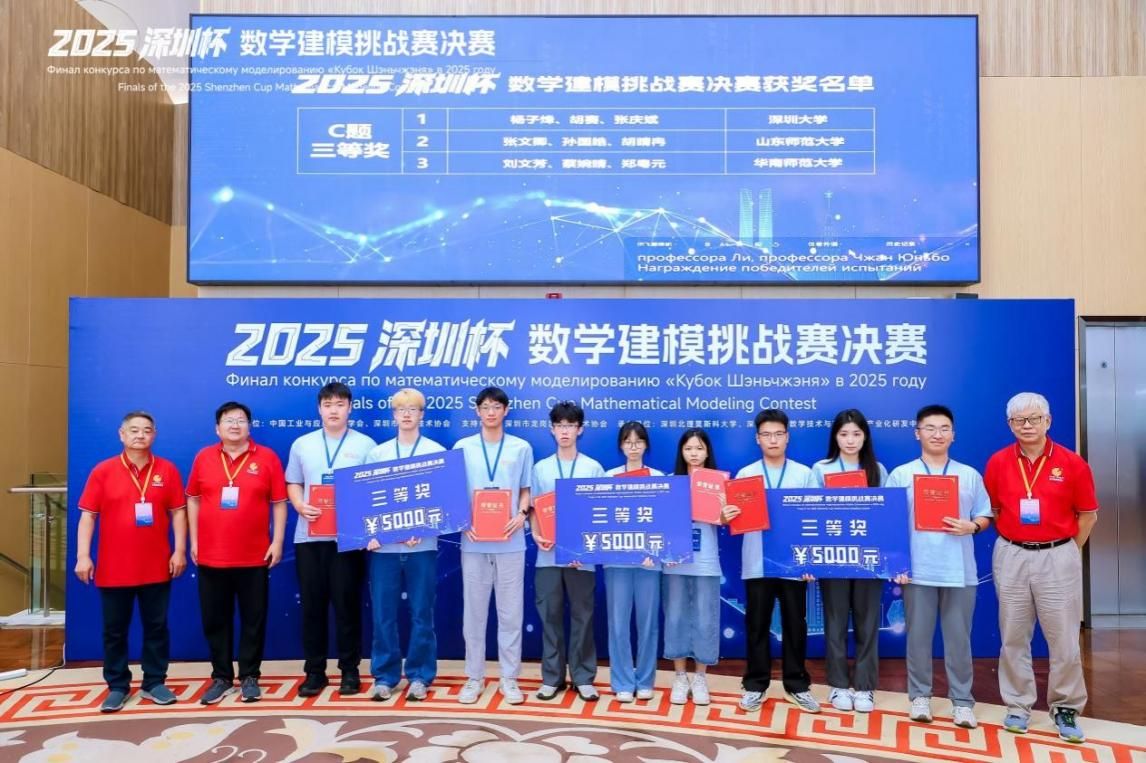
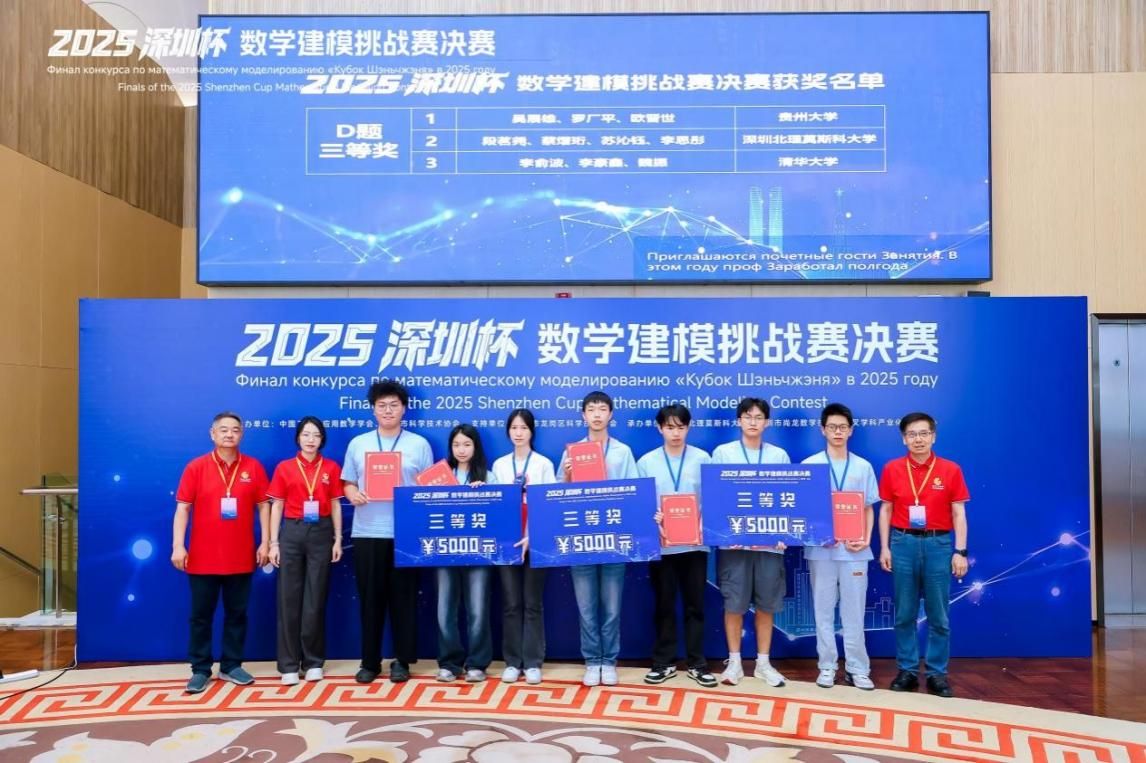
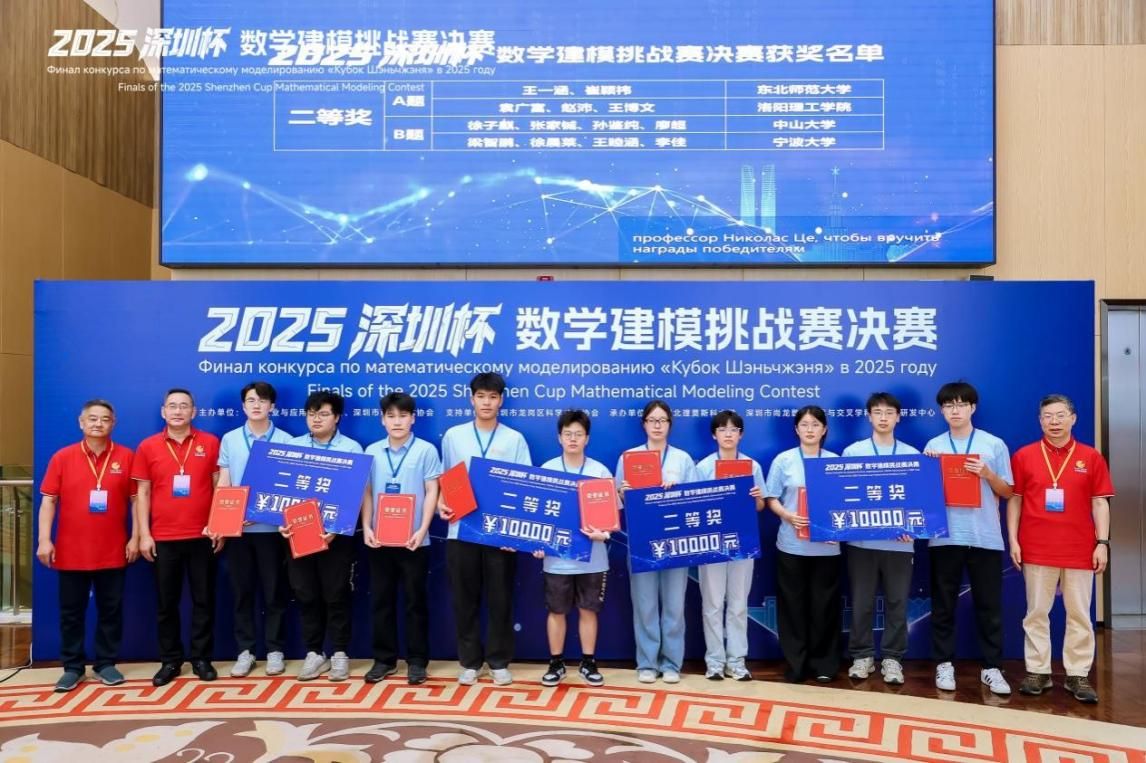
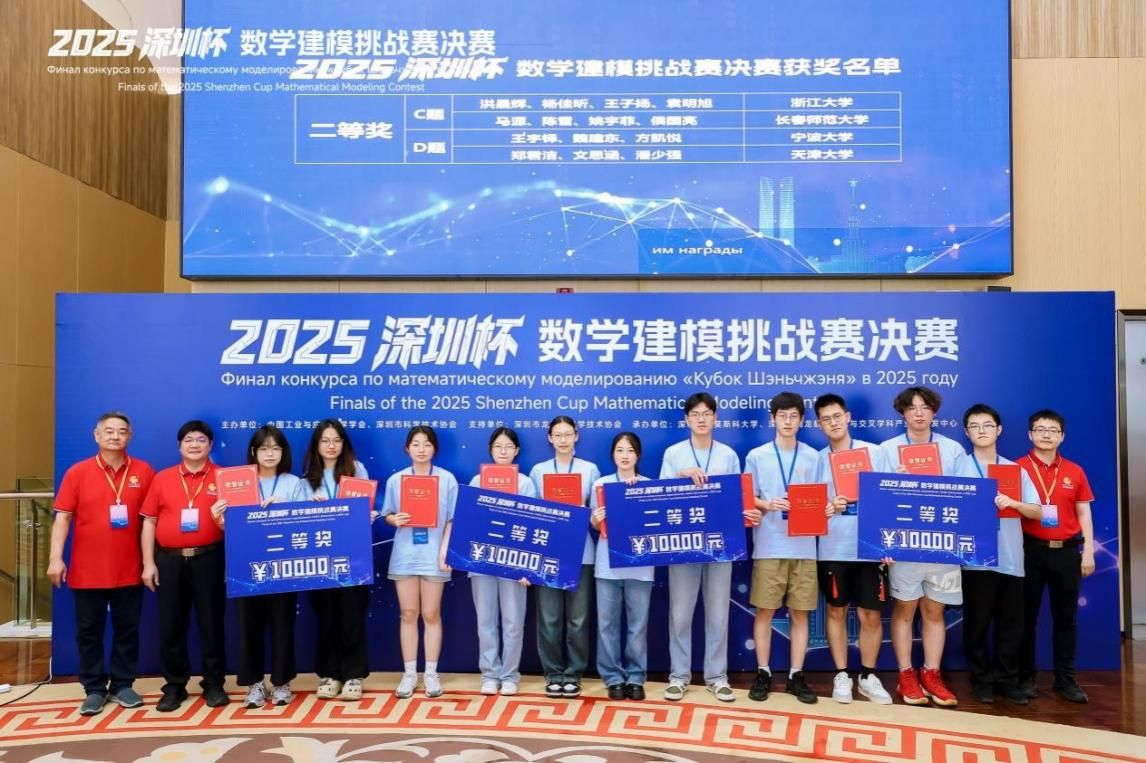
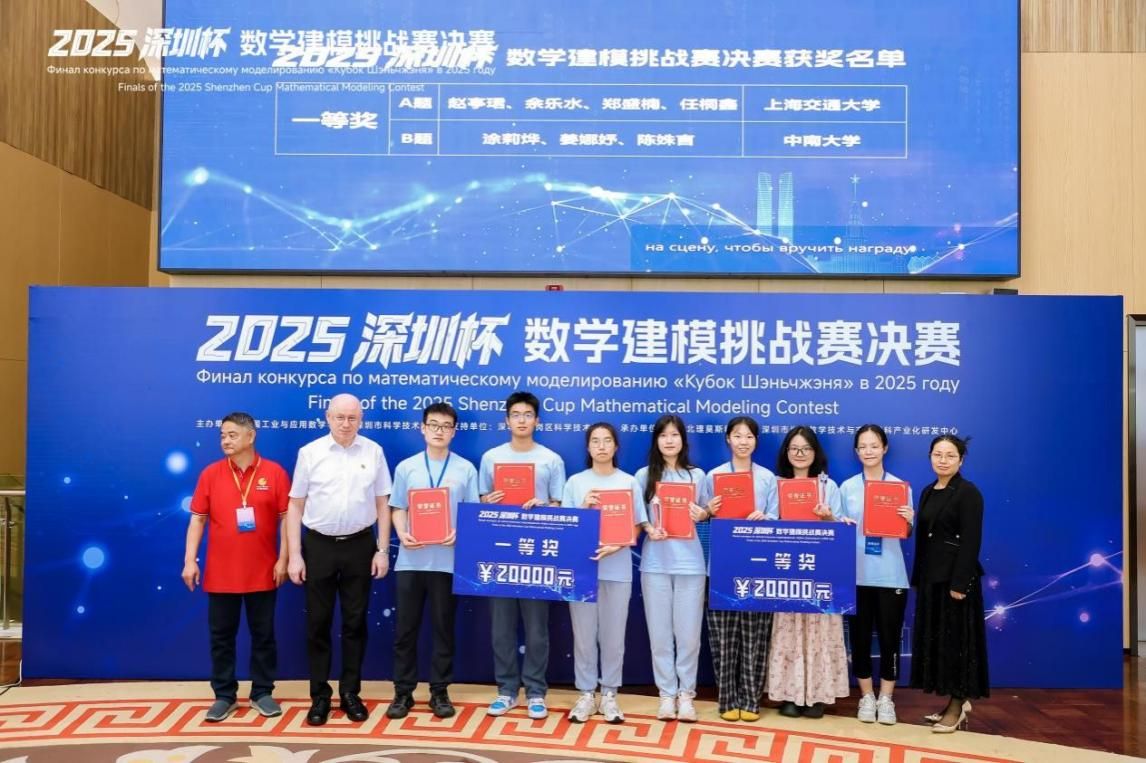
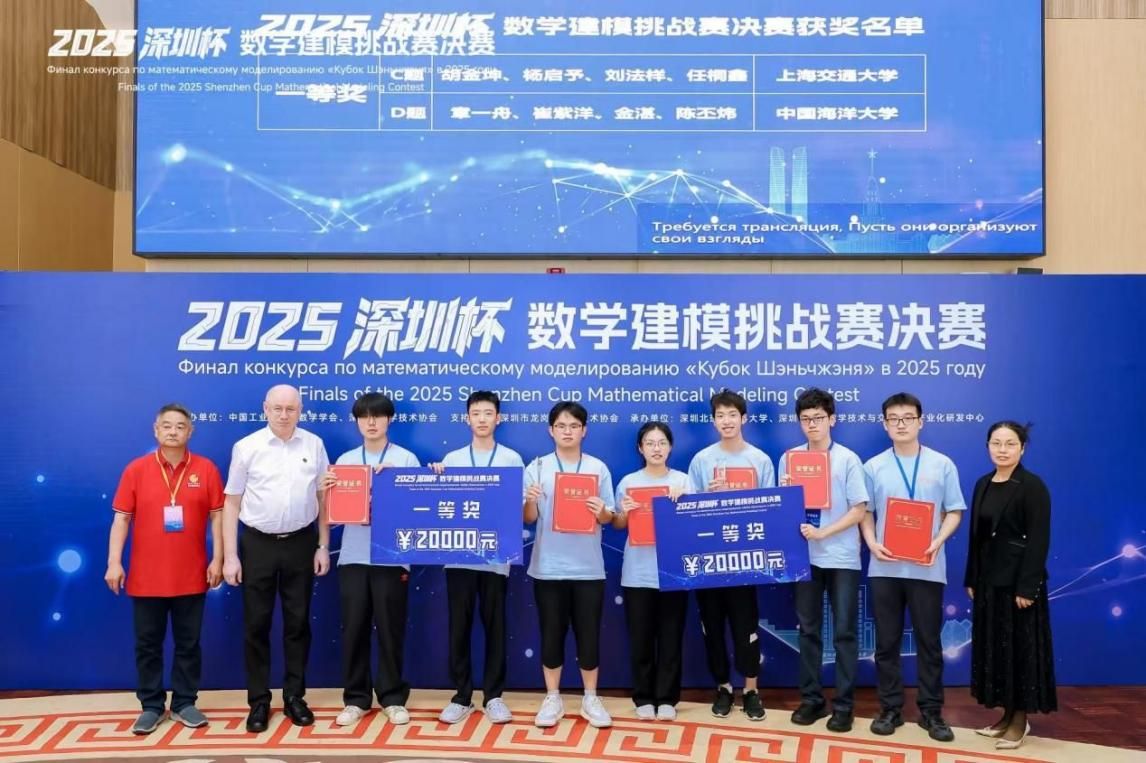
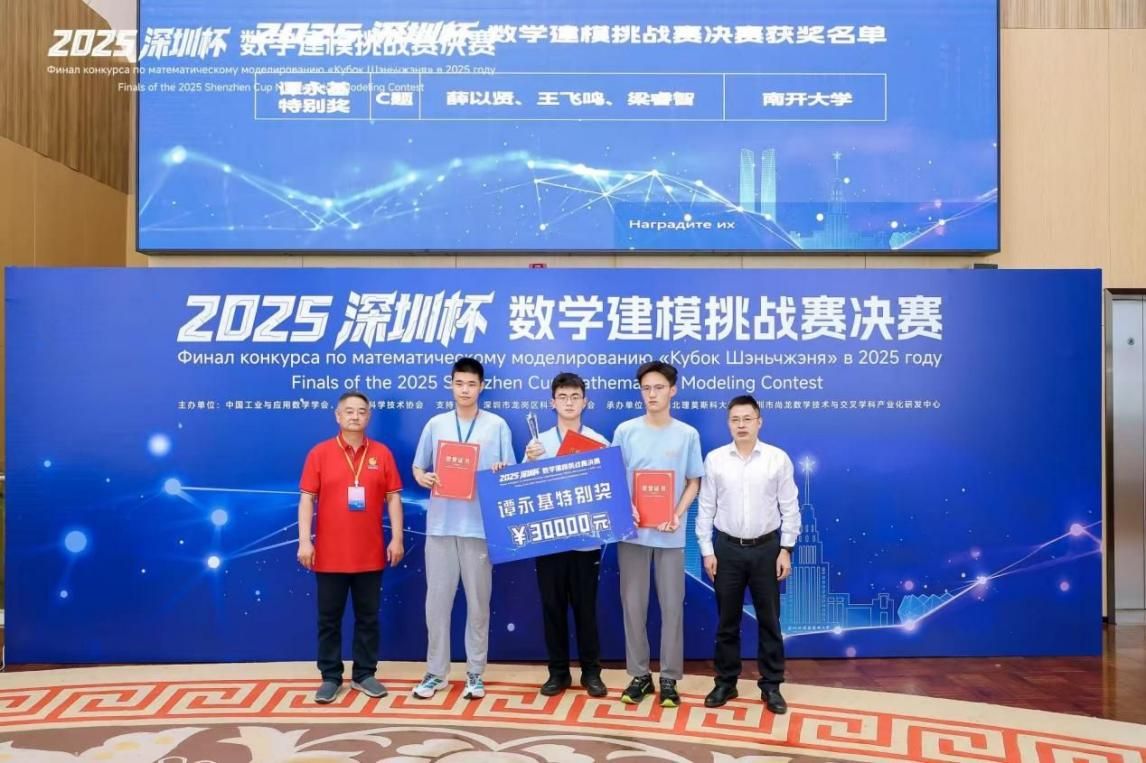
Following the presentations, Jinxing Xie emphasized that the true value of mathematical modeling competitions lies not only in the results but also in the growth experienced throughout the process. He noted that “participating once brings a lifetime of benefit,” and encouraged students to maintain their passion for mathematical modeling, continually sharpen their skills, and make greater contributions in their future research and careers.
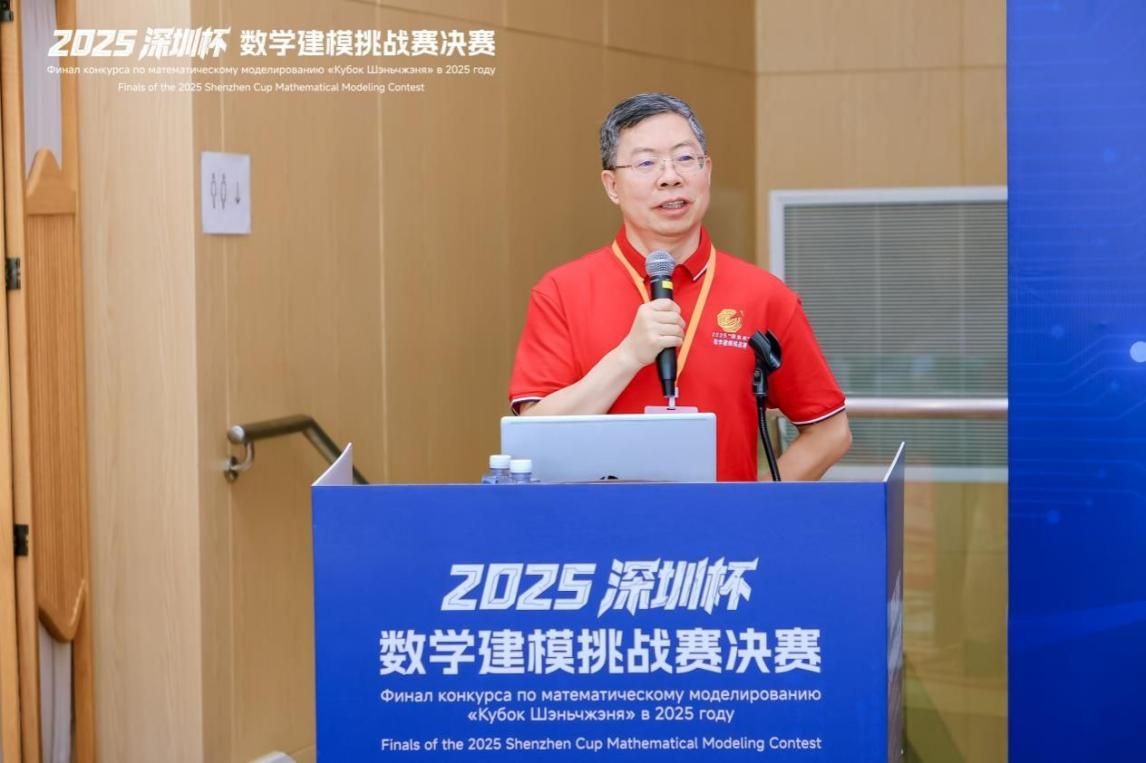
Looking Ahead: Empowering Talent Development and Shaping a New Blueprint for Innovation
As one of Shenzhen’s signature cultural and academic events, the “Shenzhen Cup” Mathematical Modeling Challenge has, since its inception, remained committed to driving technological innovation in mathematical modeling and strengthening professional talent cultivation. With solid achievements in practice, it has become an important platform supporting Shenzhen’s “dual-zone” development strategy. Looking to the future, Shenzhen MSU-BIT University will continue to advance its efforts in talent training and scientific research, contributing to the high-quality development of higher education, the cultivation of top-level innovative talent, and breakthroughs in technological innovation—serving both Shenzhen’s overall development and China’s national strategic needs.
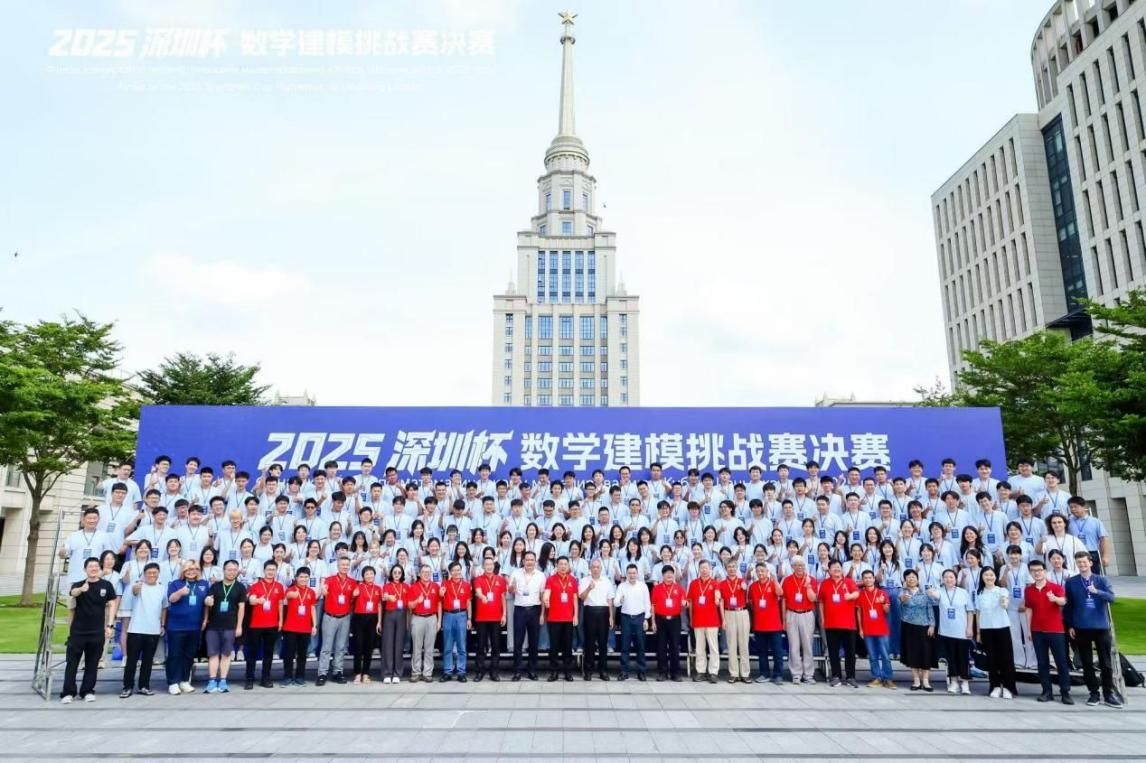
Award-Winning Teams of the 2025 “Shenzhen Cup” Mathematical Modeling Challenge |
Question ID | Institution | Team Members | Award |
C | Nankai University | Yixian Xue, Feiming Wang, Ruizhi Liang | Special Award |
A | Shanghai Jiao Tong University | Tingjun Zhao, Leshui Yu, Shengnan Zheng, Tongxin Ren | First Prize |
B | Central South University | Liye Tu, Nayü Jiang, Shuyan Chen | First Prize |
C | Shanghai Jiao Tong University | Jinkun Hu, Qiyu Yang, Fayang Liu, Tongxin Ren | First Prize |
D | Ocean University of China | Yizhou Zhang, Ziyang Cui, Zhan Jin, Piwei Chen | First Prize |
A | Northeast Normal University | Yihan Wang, Yingyi Cui | Second Prize |
A | Luoyang Institute of Science and Technology | Guangfu Yuan, Pei Zhao, Bowen Wang | Second Prize |
B | Sun Yat-sen University | Ziqi Xu, Jiacheng Zhang, Jianchun Sun, Chao Liao | Second Prize |
B | Ningbo University | Zhipeng Liang, Chenlai Xu, Muhuan Wang, Jia Li | Second Prize |
C | Zhejiang University | Chenhui Hong, Jiaxin Yang, Ziyang Wang, Mingxu Yuan | Second Prize |
C | Changchun Normal University | Yuan Ma, Xue Chen, Yufei Yao, Guoliang Hou | Second Prize |
D | Ningbo University | Ningbo University | Second Prize |
D | Tianjin University | Junjie Zheng, Sihan Wen, Shaoqiang Pan | Second Prize |
A | Harbin University of Science and Technology | Qunsong Qiu, Tianyi Feng, Zewei Yu | Third Prize |
A | South China University of Technology | Weixi Liu, Jinyi Lin, Yuanpeng Zhu | Third Prize |
A | Central South University | Daile Chen, Yueying Wu, Jiaqi Song | Third Prize |
B | Dalian University of Technology | Yumiao Zhao, Hongyan Zong, Hanfeng Chen | Third Prize |
B | Jiangsu Ocean University | Haoyuan Zhu, Haitao Zhou, Songyang Gu, Xin Chen | Third Prize |
B | Henan Polytechnic University | Mingxuan Huang, Hao Zhang, Siqi Qiao | Third Prize |
C | Shenzhen University | Zifeng Yang, Sai Hu, Qingbin Zhang | Third Prize |
C | Shandong Normal University | Wenqing Zhang, Guohao Sun, Qingran Hu | Third Prize |
C | South China Normal University | Wenfang Liu, Wanqing Cai, Yueyuan Zheng | Third Prize |
D | Guizhou University | Zhanxiong Wu, Changping Luo, Jinshi Ou | Third Prize |
D | Shenzhen MSU-BIT University | Mingyao Duan, Yiheng Cai, Qinyu Su, Sitong Li | Third Prize |
D | Tsinghua University | Yubo Li, Haoxin Li, Zhen Wei | Third Prize |